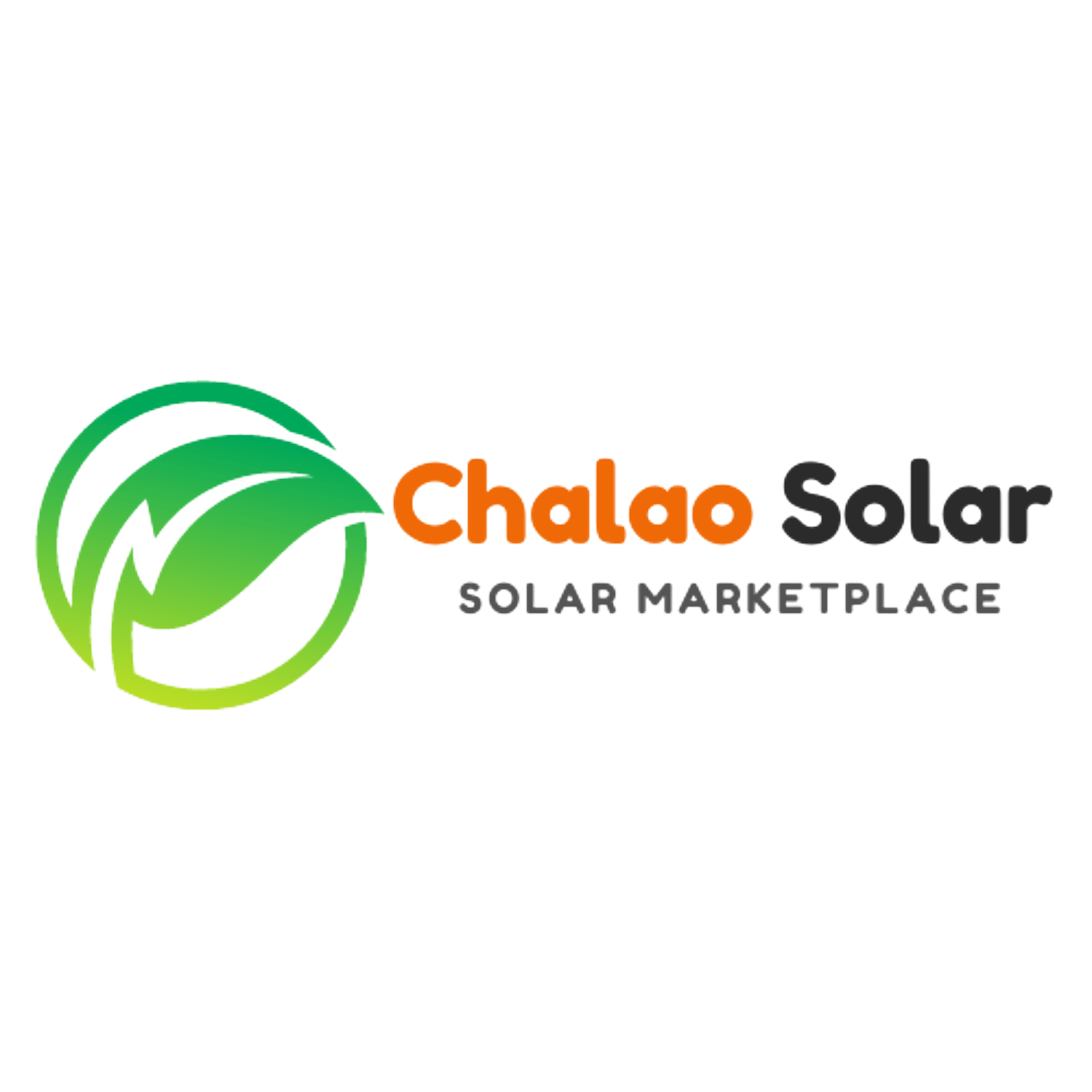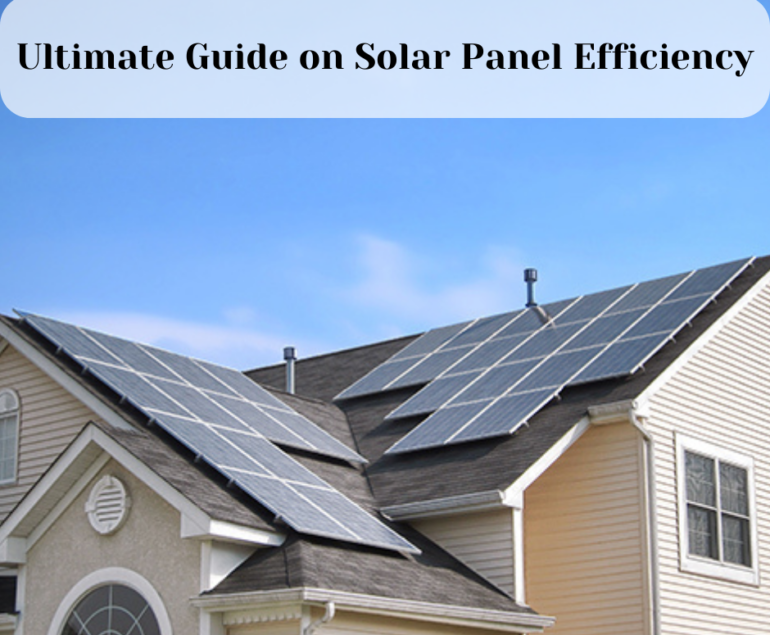
In the World Energy Outlook 2020, the International Energy Agency says solar power is the cheapest energy in history. Since solar energy is both inexpensive and environmentally friendly, it is a viable alternative for many families.
There are many solar energy systems, each with advantages and disadvantages. Let’s look at two of the most popular solar energy systems types: HYBRID VS GRID-TIED SOLAR ENERGY SYSTEMS.
There is a comparison explanation for each of these systems below:
Grid-Tied Solar System

Solar systems connected to the grid are called Grid-tied solar systems. This solar power system is well-known for use in homes and businesses.
How does a grid-tied system work?
This solar power system is wired directly into the grid. Batteries are not required for an on-grid solar system to work. It works by turning solar energy into direct current (D.C.) electricity. Since DC energy cannot be used to power household appliances, on-grid solar inverters convert D.C. energy into alternating current, which is then used by all household electrical equipment.
The solar system’s on-grid networks receive the extra energy that is not used. This solar system enables its customers to employ net-metering, which enables them to export excess energy beyond what they need for their homes to the public grids and get paid through the feed-in-tariff (FIT) mechanism by adhering to net-metering laws that vary by location.
What are the advantages of a solar grid system?
It offers net metering, is effective, and requires little setup and equipment to run the grid-tied system. The use of batteries, which can be costly, is optional. Moreover, there are no batteries to maintain, which reduces maintenance costs.
Savings from net metering
You will usually have more energy than you need from your solar panels. Net metering allows consumers to send extra power into the electrical grid instead of storing it in batteries.
Many utilities have committed to purchasing power from homes at the same price as they sell it to consumers. You may use these utility payments as a homeowner to eliminate your power usage expenses.
Utility grids can serve as virtual batteries
It is similar to a battery and can be used as a virtual battery, except that it is more efficient and doesn’t require maintenance. According to EIA statistics, U.S. energy transmission and distribution losses average 7% of the total power delivered nationwide each year.
As time passes, lead-acid batteries become less efficient at storing energy and are commonly used with solar panels. Therefore, typical battery systems lose more power.
If your solar system stops producing energy for whatever reason, being grid-tied provides backup power from the utility grid. Furthermore, you reduce the peak demand on the utility provider. This results in a more efficient electrical system.
Easy installation and lower upfront costs
A solar system connected to the grid does not need a battery. Thus, grid-tied systems are more affordable, easier to install, and require less maintenance.
What are the disadvantages of a solar grid system?
- Safety concerns arise when grid power fails.
Since on-grid solar systems lack batteries, they cannot operate or produce energy during a power outage. Solar inverters delivering energy into damaged grids could pose a safety risk to workers fixing network faults since power outages occur when the electric grid is damaged.
- Without sunlight, energy cannot be produced.
When there is no sunlight or when it is dark, solar panels can’t produce solar energy and reduce your electricity bill. This reduces your motivation to preserve energy.
What are the components of a grid-tied solar system?
To install a grid-tied solar system, these components are required:
- Solar panels
- Racking/Mounting
- Grid-tie Solar Inverter
- Power meter
- Wiring
- Safety switches and cabling
Hybrid Solar System

The hybrid solar system is a battery-powered renewable energy system with a grid connection. With this system, solar panels generate electricity during the day, and the batteries store extra energy at night.
Hybrid solar systems: how do they work?
- Electricity automatically switch between batteries, the grid, and the sun in a hybrid solar system. You can avoid using grid electricity during peak hours, saving you money.
- Solar panels on the roof convert sunlight into renewable energy stored in the system.
- The system automatically begins providing power to your home’s essential loads in the event of a storm or power outage.
What are the advantages of a hybrid solar system?
The use of hybrid solar energy systems has several benefits. Here are a few examples:
- The system facilitates the storage of extra solar energy.
- Easy monitoring and management of loads
- Continual power supply
- Cost-effective maintenance
- The highest level of efficiency
- Make the best use of renewable energy sources
What are the disadvantages of a hybrid solar system?
- Installing the entire system requires more space
- Payback takes a very long time
- Battery costs are often an issue.
- High installation costs
What are the components of a solar energy system?
Solar energy systems consist of four major components:
- Inverter
- Panels
- Racking
- Solar battery
Which is better, hybrid or grid-tied?
Ultimately, it depends on the needs and circumstances of each individual or organization. Grid-tied solar systems generate electricity only when the grid is active and is connected to the main power grid. As a result, the system cannot generate electricity during power outages or natural disasters.
Alternatively, a hybrid solar system can generate electricity even when the grid is down, as it has both grid-tied and off-grid capabilities. This is a more reliable option for those living in areas with frequent power outages or natural disasters.
A hybrid solar system’s installation and maintenance costs may be higher than those of a grid-tied system. Ultimately, it is important to weigh the benefits and drawbacks of both options and decide which is right for you.




